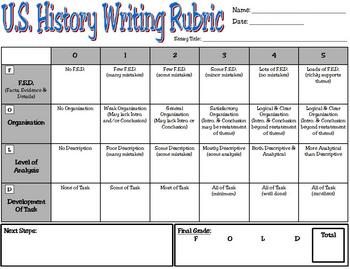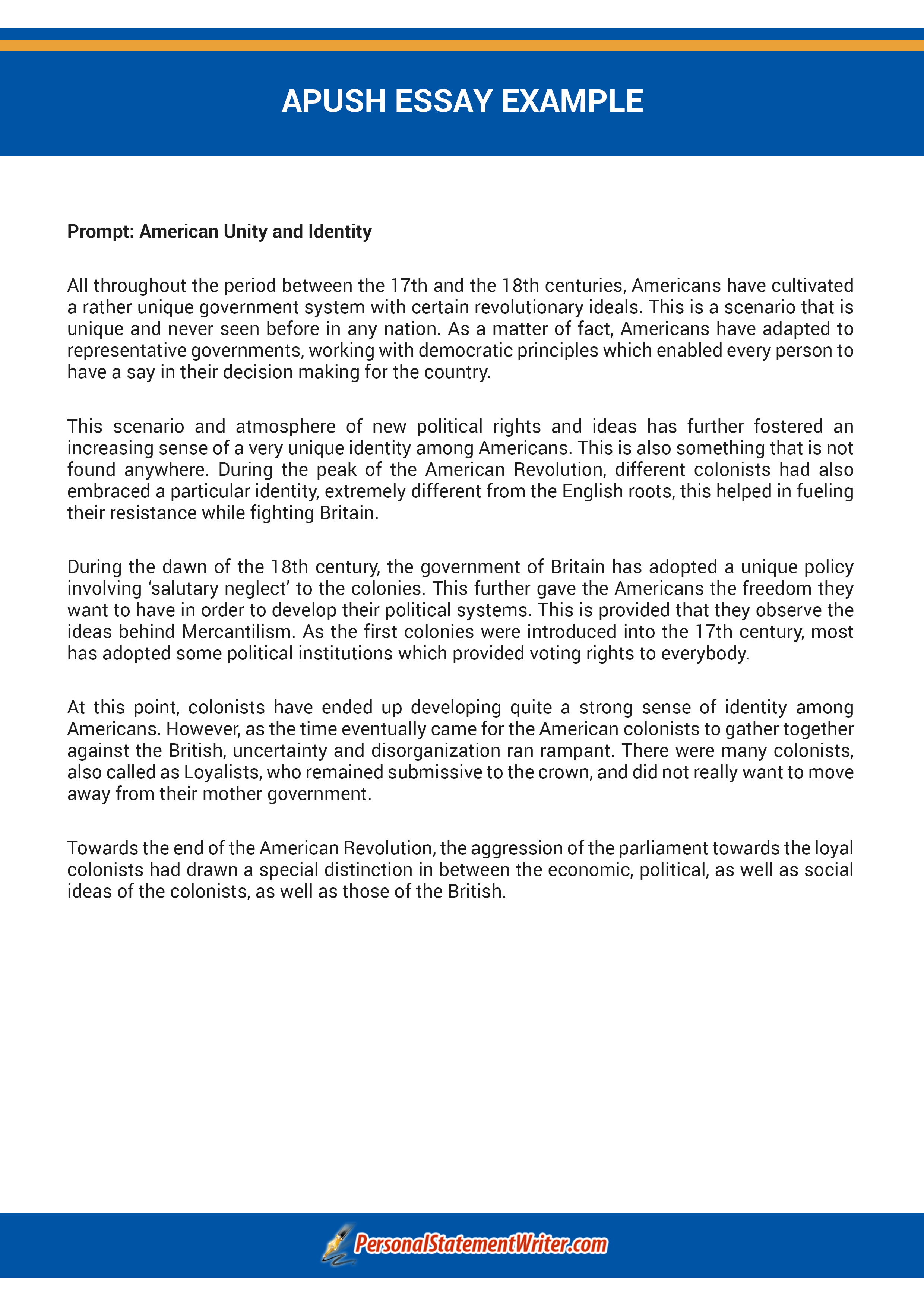An Analysis of the Two Types of Music Specific to The.
The Brahms Horn Trio An Uncommon Music Elegy. The Brahms horn trio is an unusual combination of piano, violin and horn. The piece's calm beauty was inspired by the Black Forest, and the death of Brahms's mother. Brahms actually wrote his horn trio (Op. 40) for natural horn, or Waldhorn (like the ones used for hunting) instead of modern valve horn. This type of horn was out of date at the time.The Brahms Horn Trio played astonishingly decent together at the Chamber Music at Lincoln Center’s Music Up Close performance on May 2nd, 2015. Watching a performance of three instruments not normally heard together was a good experience and as for the performers, it was surely difficult to.The Horn Trio in E-flat major, Op. 40, by Johannes Brahms is a chamber piece in four movements written for natural horn, violin, and piano. Composed in 1865, the work commemorates the death of Brahms’ mother. However, it draws on a theme which Brahms had composed twelve years previously but did not publish at the time. The work was first performed in 1865, and published a year later. Brahms.
It is widely known that the Trio, Op. 40 for horn, violin, and piano of Brahms is one of the last and greatest chamber works written for the natural horn. Brahms was quite specific about wanting his Trio performed on the natural horn instead of the valved horn. A very clear source is a letter dated December 7, 1865, to his friend Albert Dietrich, director of the orchestra at Oldenburg, on.The Horn Trio, a work in four movements scored for horn, violin and piano, was composed in 1865 in memory of Brahms’ mother, Christiane, who had died earlier that year. He adopted a rather unusual order of movements for the time (slow-fast-slow-fast) and wrote the work for natural horn (rather than valve horn, which was by then available). The CD booklet has a photograph on its front cover.

When he was 57, Brahms announced that he was finished with composing. However, he was clearly unable to stop his creativity - he produced some incredible late-period works, especially for the clarinet, like his Clarinet Sonatas, Trio and Quintet. Brahms died of either pancreatic or liver cancer (evidence is unclear) on April 3rd 1897. The.












